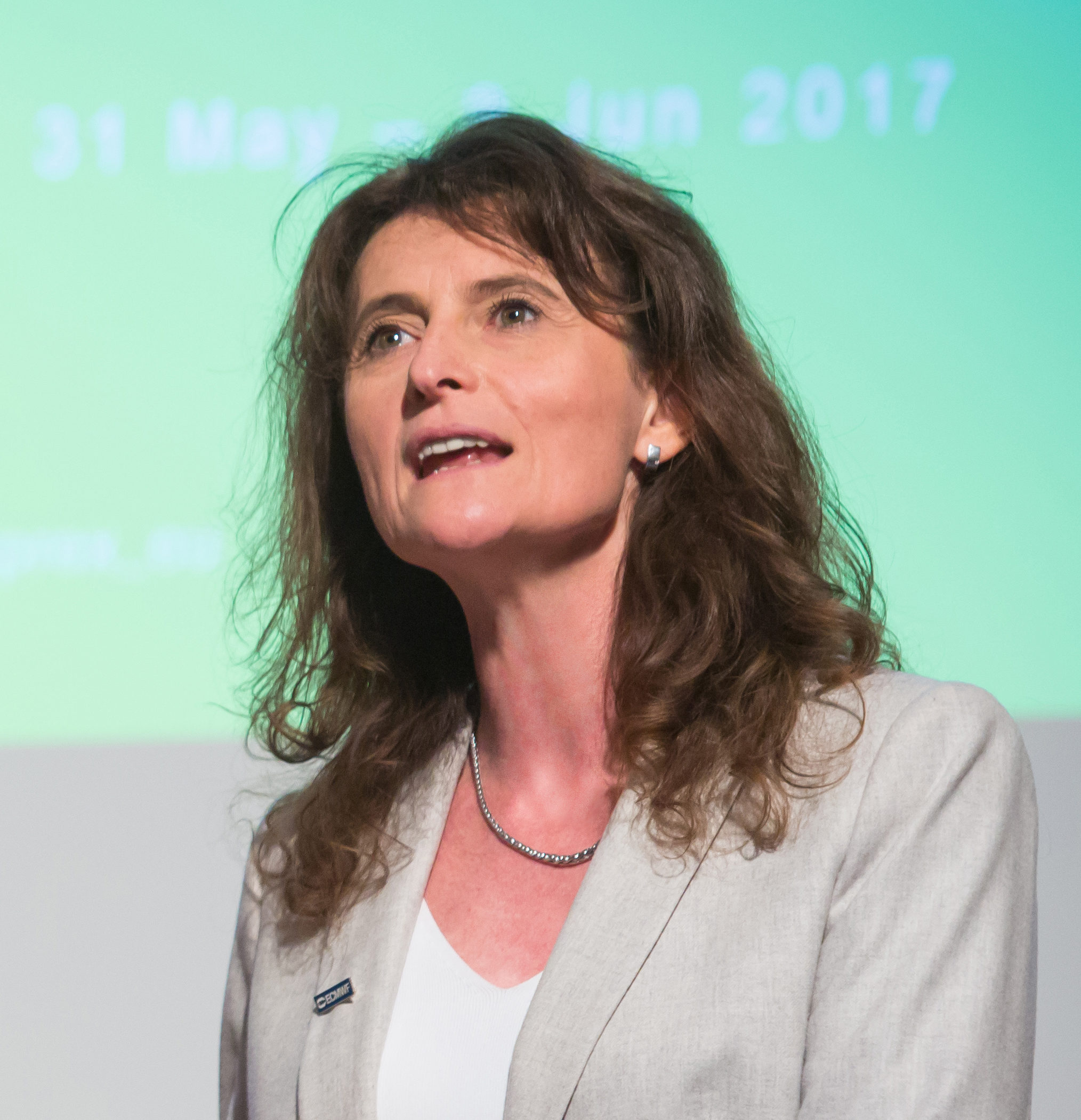 Weather prediction crucially depends on the ability to determine the state of the atmosphere at the start of forecasts as accurately as possible. Satellite observations play an important role in this, but the use of satellite data has often been limited to clear skies and ocean areas. An article in this Newsletter explains how, in addition to ‘all-sky’ observations, microwave satellite data can increasingly be used in ‘all-surface’ conditions. Other articles include a new configuration of the Ensemble of Data Assimilations to be introduced in the next upgrade of ECMWF’s Integrated Forecasting System, and promising experiments with assimilating visible radiances despite challenges due to the complex scattering of light. There is also an article on the use by the Israel Meteorological Service (IMS) of ECMWF’s high-performance computing facility for research and the development of numerical weather prediction for southeast Europe.
Weather prediction crucially depends on the ability to determine the state of the atmosphere at the start of forecasts as accurately as possible. Satellite observations play an important role in this, but the use of satellite data has often been limited to clear skies and ocean areas. An article in this Newsletter explains how, in addition to ‘all-sky’ observations, microwave satellite data can increasingly be used in ‘all-surface’ conditions. Other articles include a new configuration of the Ensemble of Data Assimilations to be introduced in the next upgrade of ECMWF’s Integrated Forecasting System, and promising experiments with assimilating visible radiances despite challenges due to the complex scattering of light. There is also an article on the use by the Israel Meteorological Service (IMS) of ECMWF’s high-performance computing facility for research and the development of numerical weather prediction for southeast Europe.
In addition to its weather forecasting activities, ECMWF has agreed to provide part of Destination Earth (DestinE), a new EU initiative to produce an interactive computer simulation of our planet at unprecedented resolution. The other partners are the European Space Agency (ESA) and the European Organisation for the Exploitation of Meteorological Satellites (EUMETSAT). ECMWF’s role is to produce ‘digital twins’ on weather and geophysical hazard-induced extremes and climate change adaptation. It will also develop a digital twin engine, which will be used as a framework to integrate new twins in the future. ESA contributes the core service platform, and EUMETSAT the data repository, called data lake. The history of the initiative is described in this Newsletter. It shows that it is no accident that ECMWF is taking part in DestinE: we were strongly involved from the start, in particular through our Scalability Programme in collaboration with our Member States. DestinE shows how ECMWF’s core mission of providing medium-range weather forecasts is an excellent base for wider activities. These also include the EU-funded Copernicus Climate Change Service (C3S) and Copernicus Atmosphere Monitoring Service (CAMS), which are run by ECMWF, and the Copernicus Emergency Management Service (CEMS), to which ECMWF contributes.
The way in which weather forecasting and environmental services can be intertwined is illustrated in the article on the atmospheric impacts of January’s Hunga-Tonga volcano eruption in this Newsletter. Satellite observations showed the immediate impact of the eruption on the atmosphere, but CAMS also monitored the emission of sulphur dioxide and its subsequent spread towards Africa. Weather forecasting also depends on climate data. For example, an article in this Newsletter describes the use of ESA Climate Change Initiative data in ECMWF’s Earth system model. But, as another article explains, the same data are also made available to users of C3S in a quality-controlled form. Weather prediction is thus intimately connected to wider Earth system work. Taking on additional tasks relating to DestinE, C3S, CAMS and CEMS is therefore a logical extension of our weather forecasting activities.
Florence Rabier
Director-General
